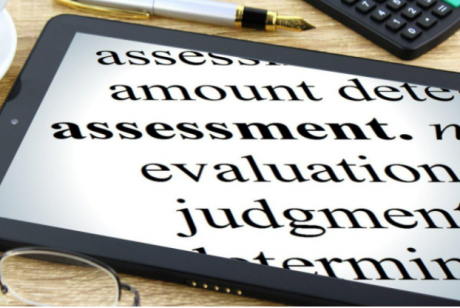Digital Reading Strategies Hacks All Students Need to Know Now

Students consume more digital content these days than printed study material. Although this is a good development, it can also be quite overwhelming. Too much digital content can lead to information overload and make you feel like you’re not really getting anything out of your reading sessions.
This is why it’s important to have some solid digital reading strategies in place before you start your next online session. CrunchGrade tutors offer these simple tips that can help you make the most out of your digital reading experiences:
- Get organized:
The first step to efficient digital reading is getting yourself organized. This means having a system in place for managing all the different sources of information that you’ll be using. If you’re not careful, it’s easy to end up with a dozen tabs open in your browser, a dozen different articles saved as PDFs, and a dozen more links jotted down on paper.
Instead, take the time to set up a system for yourself. Create a folder on your computer for all the PDFs you’ll be reading, and bookmark any websites you think you might want to come back to. Use a notebook or a planner to keep track of any important points or ideas you come across while reading.
We offer concise study material for students in all grades and subjects.
- Take notes:
As you read, it’s important to take notes. This will help you keep track of what you’re reading, and it will also give you something to refer back to later. When taking notes, it’s important to be concise. Write down only the most important points, and try to summarize the main idea of each paragraph or section.
Highlighting is a great way to mark important passages in your text. It can also help you keep track of which parts of the text you’ve already read. Most browsers have a built-in highlighting tool, but there are also many different extensions and plugins that you can use.
- Practice active reading:
Active reading is a technique that can be used when reading any type of text, not just digital content. Active reading involves taking breaks from the text, paraphrasing what you’ve read, and asking yourself questions about the material.
This is a great way to make sure that you’re actually understanding the material. It’s also a great way to get more out of your reading sessions. When you’re actively reading, you’re not just sitting there and taking in the information passively. You’re thinking about what you’re reading, and you’re applying it to your own life.
- Take advantage of multimedia:
One of the best things about reading digitally is that you can use multimedia to help you learn. You can watch videos, listen to audio recordings, and view images that are related to the text.
This is a great way to get more out of your reading sessions. When you supplement your readings with multimedia materials, you’re not just getting more information. You’re also getting a better understanding of the concepts you’re studying.
- Find a study group:
One of the best ways to learn is to find a study group. This is especially true if you’re struggling with a particular concept. When you’re in a group, you can discuss the material, ask questions, and get feedback from other students.
If you can’t find a study group in person, you can always join an online forum or a discussion group. This is a great way to get help from other students, and it’s also a great way to make friends.
- Use a dictionary:
Online tutors at CrunchGrade recommend that if you come across a word you don’t know, don’t just skip over it. Take the time to look it up in a dictionary or an online glossary. This will help you better understand the text, and it will also expand your vocabulary.

If you’re reading digitally, you have access to a wealth of online dictionaries and glossaries. You can also install a dictionary extension on your browser, or you can use a search engine that specializes in definitions.
Just like with dictionaries, it’s important to use a thesaurus when you’re reading digitally to understand the text and learn new words. There are many online thesauruses available, and most search engines have a built-in thesaurus tool.
- Practice speed reading:
If you want to be able to read more material in less time, you need to practice speed reading. Speed reading is a technique that can help you read faster without losing comprehension.
There are many different speed reading techniques, but one of the simplest is to use a finger or a pencil to guide your eyes as you read. This will help you focus on each word, and it will also help you read faster.
Another way to practice speed reading is to increase your font size. This may seem counterintuitive, but it actually works. When you increase the font size, you’re forcing yourself to read more quickly. You can also use a speed reading tool or extension to help you read faster.
- Take practice quizzes:
One of the best ways to improve your comprehension is to take practice quizzes. This is especially true if you’re struggling with a particular concept. When you practise using quizzes, you’re testing your knowledge of the material, and you’re also getting feedback on what you need to work on.
You can find practice quizzes online, or you can create your own. If you’re having trouble finding practice quizzes, ask your instructor or a tutor for help.
- Use a study guide:
If you’re struggling with a particular concept, it can be helpful to use a study guide. A study guide will help you understand the material, and it will also give you practice questions so that you can test your knowledge.
There are several different types of study guides available, including textbooks, workbooks, video lectures, live classes and other online resources. You can also ask your instructor or a tutor for help in finding a study guide that’s right for you.
Digital reading is a great way to improve your comprehension and get more out of your reading sessions. By using these eight digital reading strategies, you can make sure that you’re getting the most out of your time.
